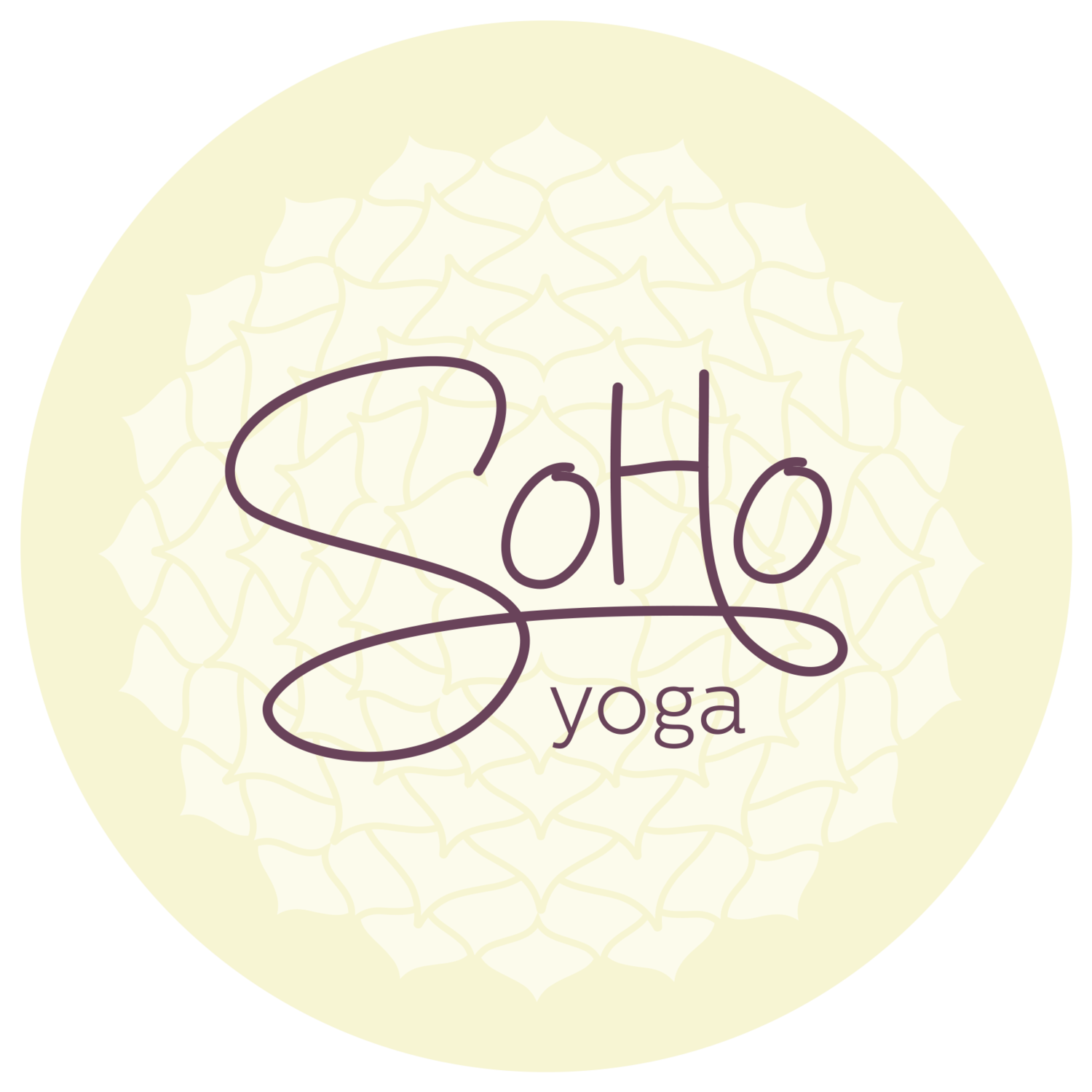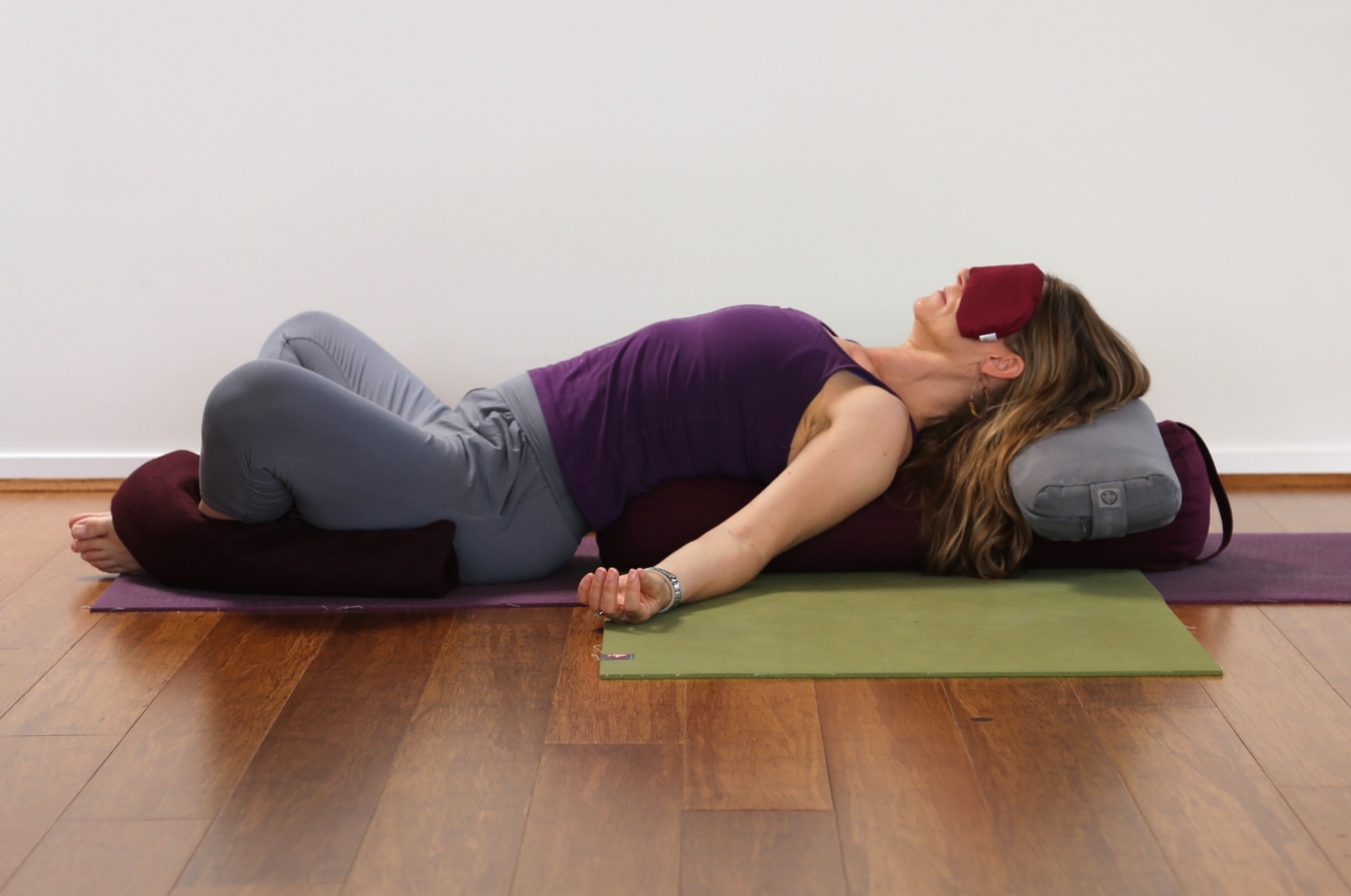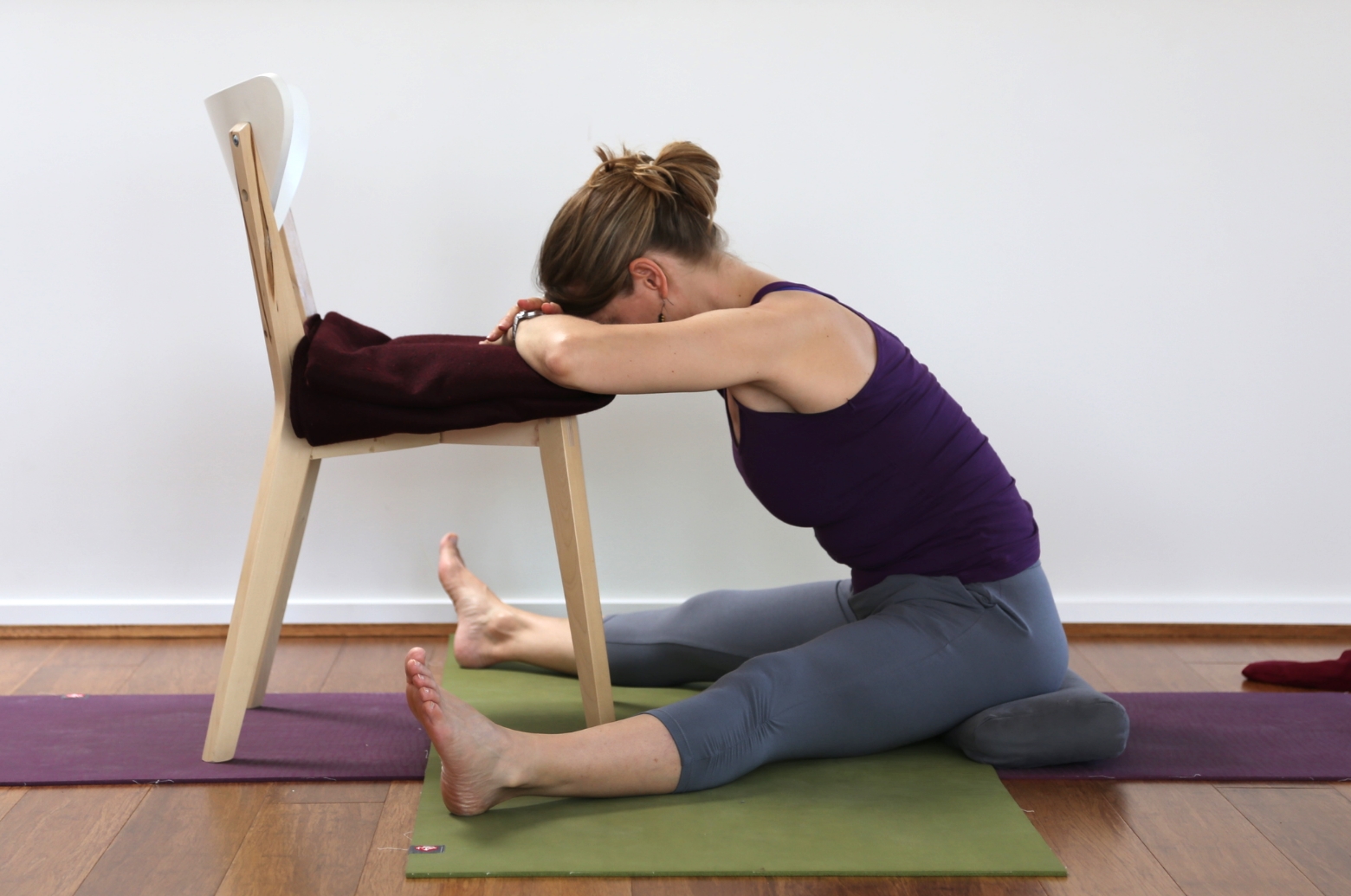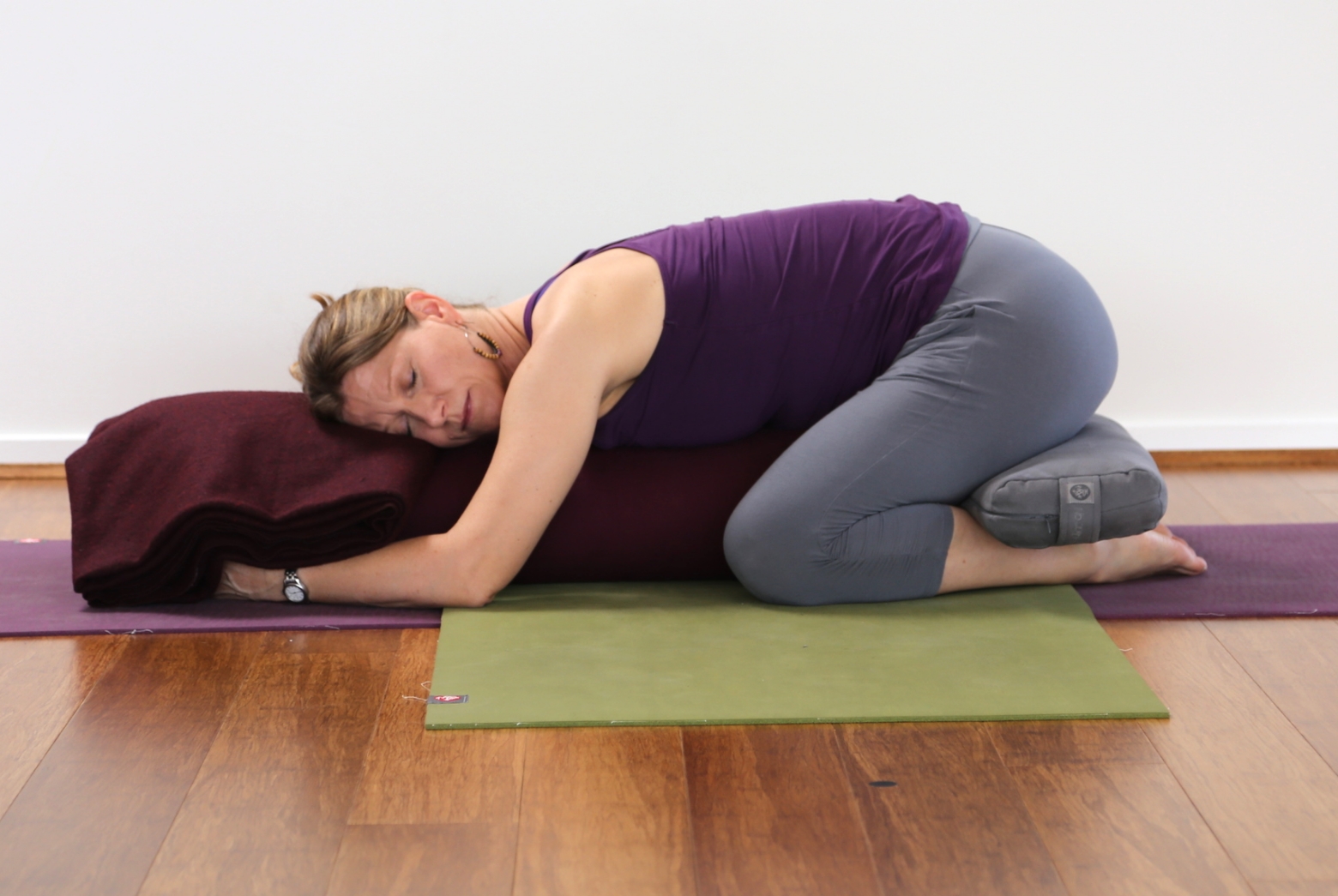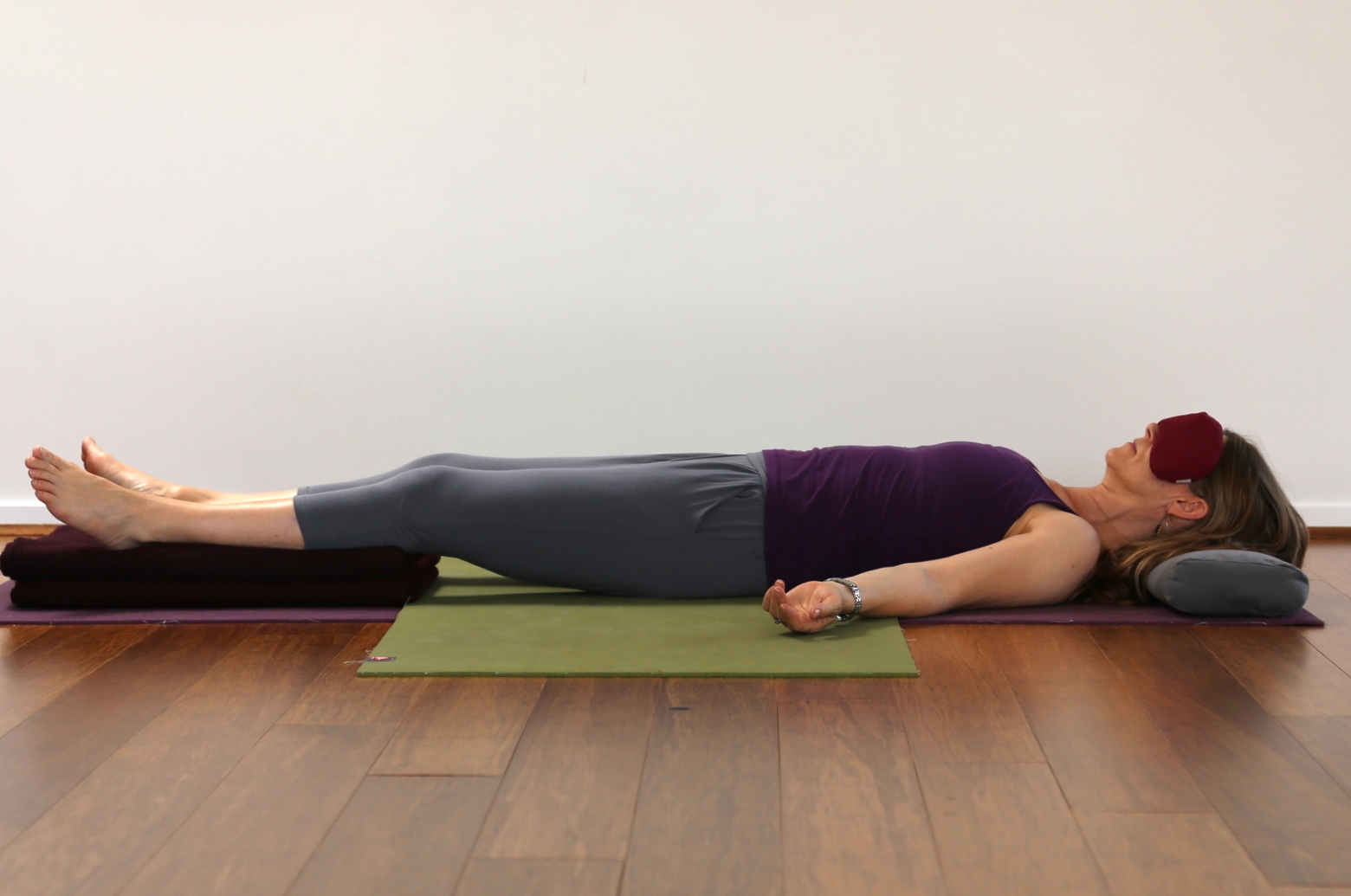Judging by the demographic of my students and (presumably) readers . . . I’m sure I’m not in a minority when it comes to suffering from the monthly curse of pain, fatigue and irritability associated with our natural cycle.
Since my mid twenties I’ve dreaded the approach of that time of the month; the irritability and moodiness associated with PMS from as early as day 14 of my cycle; and the acute abdominal pain, bloatedness and fatigue for several days of my period each month.
For many years doctors dismissed my symptoms and I was advised that the best cure was pregnancy. In hindsight, honouring my body’s natural functional role in procreation may have been sage advice, but as a twentysomething, single girl living in London at the turn of the 21st Century, a baby was not high on my list of priorities.
So I continued with my strategy of numbing the pain and suppressing nature’s hormonal cycle with prescription drugs; and ploughed on to the best of my abilities with working hard, playing hard and exercising hard - until I was eventually diagnosed with endometriosis.
This little known but crippling disease effects 1 in 10 women and frequently goes undiagnosed for several years. It’s a condition where endometrium tissue, which lines the uterus, is found embedded in other organs of the pelvic cavity – in my case the bowel, bladder, ovaries, liver and diaphragm (to name a few).
The rogue endometrium tissue swells and shrinks cyclically, but unlike the lining of the uterus it has no way out of the body, and so forms cysts and scar tissue causing a host of symptoms from acute pain to infertility. Laparoscopic surgery to remove this tissue can bring short-term relief, but it is an aggressive disease and often returns within a few months or years, until pregnancy (if you’re lucky) or menopause intervene.
My diagnosis and initial treatment coincided with a period of significant change in my life as I turned 30, left London and travelled solo around the world (long before ‘Eat, Pray, Love’) to find my true calling. Through my deepening yoga practice I began to connect more consciously with my body, and through my travels to remote and beautiful parts of the globe I began to connect more fully with nature.
Living in the developed world it’s very easy to become disconnected from our natural environment and the rhythms of nature as we cocoon ourselves with the comforts of modern living, and seek to maintain continuity of lifestyle, rather than adapting our behaviour to the cyclical patterns of nature e.g. our energy levels, the seasons, day & night.
Over a period of time I learned to listen to and honour my body and its natural rhythms; to rise with the sun and sleep when it sets, to slow down in the heat, exercise when my energy levels were high, and rest when I got my period. Of course, it’s not always possible or practical to do so (don't get me started on daylight savings for QLD), but the more we align ourselves with nature, the more easefully and gracefully we will begin to flow through life.
In our vinyasa yoga practice we connect movement with the breath, but also flow with the natural rhythms of nature; practicing a more dynamic, yang style of yoga earlier in the day or with the new moon when energy levels are higher, and adopting a slower, more yin style of practice later in the day or under the full moon when energy levels are low.
Similarly we should adapt our practice with our individual natural cycles and avoid dynamic styles of yoga or other forms of exercise during our menstrual flow, in favour of a restorative practice to nurture, nourish and renew our bodies. Importantly we should avoid inversions (any pose where the hips or lower abdominal region is higher than the heart) as gravity causes blood supply to the uterus to be partially blocked and can cause menstrual flow to lessen or stop.
The four poses outlined below practiced during your period will help to release the menstrual flow, reduce fatigue and moderate hormonal shifts. They are also helpful for PMS – by opening and relaxing the uterus, abdomen and lower back we can reduce physical symptoms of tenderness, back pain, pelvic pain, and water retention, as well as soothe emotional tension and reduce mood swings.
These poses are not a cure-all for endometriosis or other issues associated with the female reproductive system, but they have helped bring me relief and some much needed perspective (which allegedly we can misplace along with our temper at this time) during many sleepless nights and exhausting days.
Reclining Bound-Angle Pose (Supta Baddha Konasana)
This deeply nourishing and nurturing pose can be practiced without props but don’t hold it for as long. If you are using a bolster under the back place it lengthwise along the mat or floor behind you. Place another bolster or blanket at the top to form a pillow to support the head. Sitting in front of the short edge of the bolster bring the soles of your feet together and allow the knees to drop out wide. You can support the knees with a strap, blankets, blocks or bolsters. Then lengthen your tailbone away as you gently ease your spine along the bolster, leaving a gap between your sacrum and the end of the bolster. If you have an eye pillow place it over the eyes and allow your arms to rest out wide with your palms turned up. Allow your entire body to relax feeling completely supported. Practice supta baddha konasana for 5-15 minutes. With props you can comfortably stay here for up to 30 minutes if you wish. To come out of the pose place the palms by your sides and gently press up to a seated position, or draw your knees in to centre and roll onto one side.
Supported seated-angle fold (Upavistha Konasana)
Place a folded blanket or thin bolster under the sit bones to lift the pelvis and tilt it forward and extend your legs out wide, either side of a chair. Don’t over extend your legs – you should feel a gentle stretch in the inner thighs but no discomfort in the knees. You can position the chair or add folded towels or blankets to find a height to suit you so you can lean forward without strain. Fold your arms onto the chair and rest your forehead on the arms. Rest here for up to 5 minutes if you’re new to the practice, gradually increasing your time up to 10 minutes as you become more experienced.
Supported Child’s Pose (Balasana)
If you’re on a hard surface place a blanket on the floor or mat to prevent discomfort in the feet and knees when you come into this pose. Start sitting on your heels with a large bolster or pillows positioned between the knees. Lengthen your torso along the bolster and place your arms palms down by the sides or hug them around the end of the bolster. If your hips are elevated you may like to place a thinner bolster or blanket on top of the heels under the buttocks. And if you have a heat pack or hot water bottle it may feel nice to place this on the lower back. Turn your head to one side and rest here for up to 5 minutes, turning your head to the opposite side after a few minutes.
Relaxation Pose (Savasana)
Place a folded blanket to support the back of the head and another under the calves, but don’t elevate your legs more than about 10cm from the ground. Place an eye pillow over the eyes and ensure your body is warm. Bring your awareness into your breath and practice 10 rounds of your 3-part breath filling the belly, the side ribs and the upper chest and slowly exhaling in reverse. Then release all control of the breath and rest here for up to 20 minutes. To come out of the pose slowly draw the knees into the chest and roll onto your right side, curling into the foetal position for a few breaths before gently getting up.
By Amanda Zdanowicz
